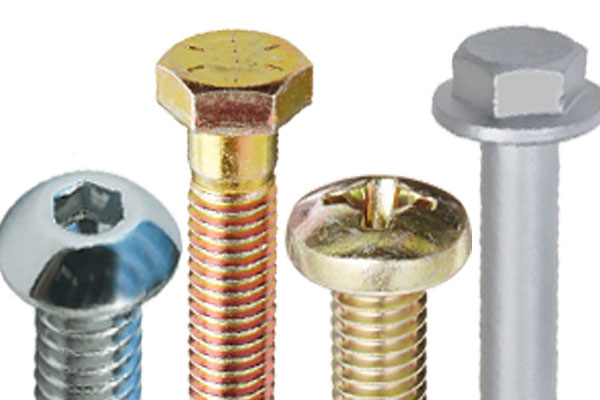
Chromium Plating
This kind of coating is applied both for protective and aesthetic purposes. Chrome plating provides similar corrosion resistance to zinc plating but gives an aesthetically pleasing appearance to fasteners as well.
The thickness of coatings ranges from 0.05 to 0.5 μm and is usually between 0.13 and 0.25 μm.
Chromium plating is usually applied on top of bright nickel plating but it can be problematic if applied to very small threaded parts due to the thickness of double coatings.
Cadmium plating
Candmium plating provides as excellent corrosion resistance, superior than zinc platings, along with a relatively low thickness. In addition, offers some other advantages such as a galvanic compatibility with aluminium, and works well either as a final finish or as a paint base.
However, it is being phased out due to environmental issue linked his toxicity. It is still employed in some applications in the aerospace, military, and aviation fields.
Cataphoretic coating
Cataphoretic treatment is an electrochemical painting process that confers to the iron, steel and other alloy parts elevated characteristic anticorrosive along with a remarkable resistance to oxidation. This process is characterized by uniform deposit of an acrylic or epossidic resin on the surface of the parts. This ensures a high protection against chemical agents over time and a better adhesion of the following processes of painting.
The acrylic resin provides superior performances in terms of resistance to the action of atmospheric agents.
Brass plating
This aesthetic coating process consist of an electrodeposition of a copper-and-zinc alloy (i.e. brass) on the surface of the parts. Brass plating provides a brilliant yellow aspect to the treated parts and is mainly used to coat fasteners for furniture or architectural fittings.